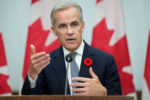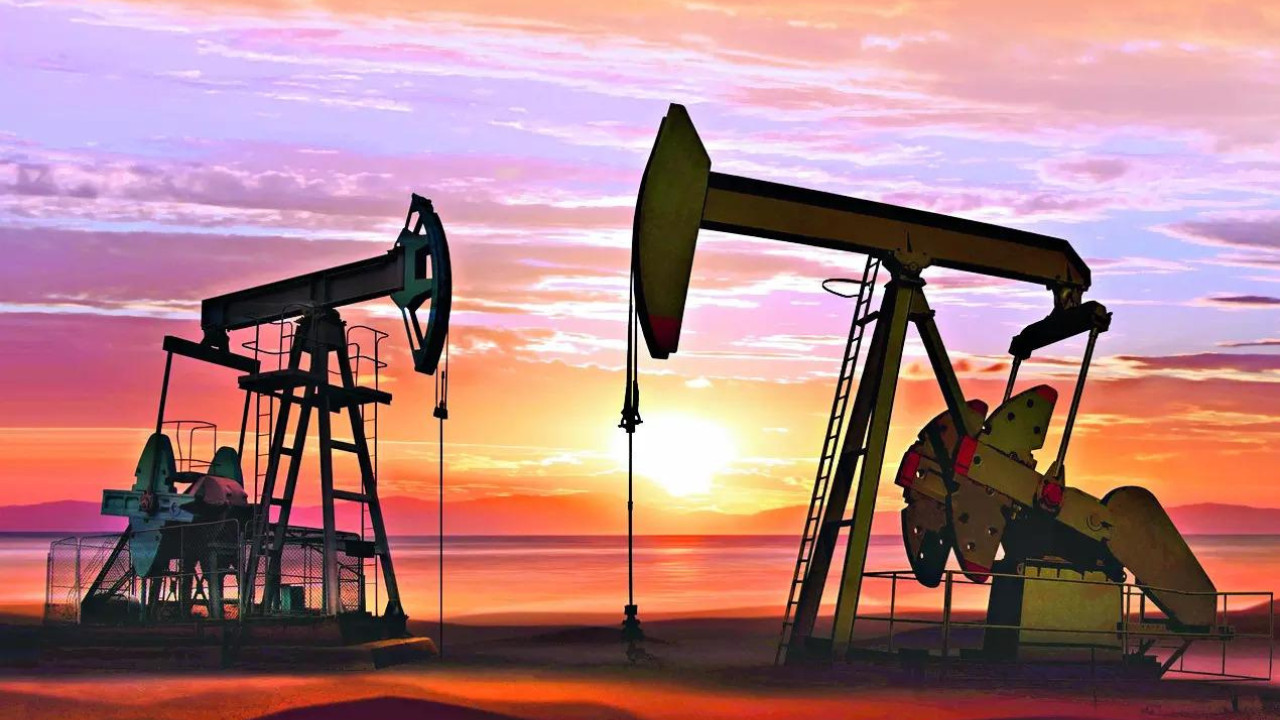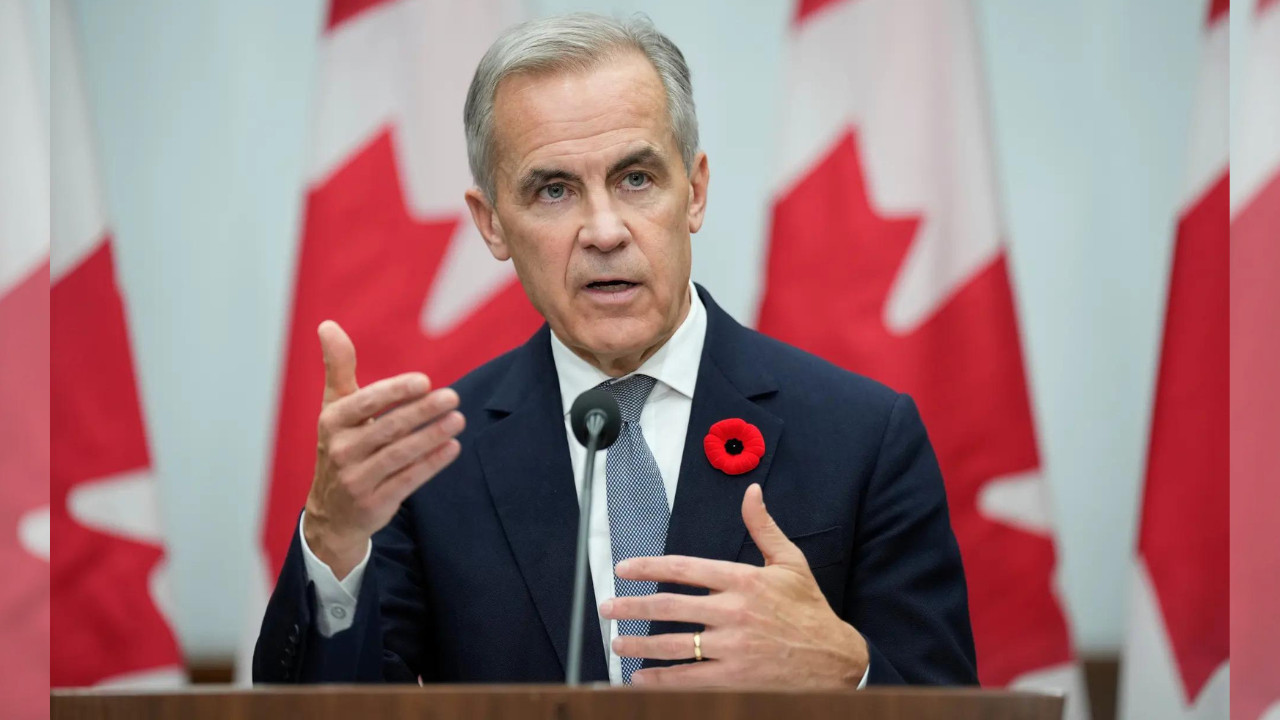Union Minister Piyush Goyal concluded a three-day visit to Brussels, engaging in trade agreement negotiations with the European Union. Both sides aim to finalize the Free Trade Agreement by year-end, reviewing unresolved areas and identifying potential solutions. Discussions focused on a balanced and equitable agreement, addressing tariff and non-tariff barriers, with further technical delegation visits planned.
The Horizon Beckons: Can India and the EU Seal a Trade Pact by 2025?
The air is thick with anticipation. After years of starts and stops, will 2025 finally be the year India and the European Union tie the knot – commercially speaking, of course? Negotiations for a comprehensive free trade agreement (FTA) are heating up, with both sides publicly expressing a desire to cross the finish line before the year’s end. But as any seasoned negotiator knows, the devil’s in the details, and significant hurdles still remain.
For India, a successful FTA with the EU represents a massive opportunity. Imagine: streamlined access to a market of nearly 450 million consumers, a boost to manufacturing, and a chance to integrate more deeply into global supply chains. For the EU, a deal with India unlocks the potential of one of the world’s fastest-growing economies, a market brimming with potential for European goods and services. It’s a mutually beneficial proposition, at least on paper.
Navigating the Thorny Issues: Steel, Autos, and Beyond
The real challenge lies in ironing out the creases. Sectors like steel and automobiles have proven to be particularly contentious. India, understandably protective of its domestic industries, is likely to push for favorable terms on tariffs and quotas, ensuring its businesses aren’t overwhelmed by cheaper imports. The EU, meanwhile, will want guarantees of fair competition and access to the Indian market.

Steel, in particular, is a sensitive area, with both sides having strong domestic production. Balancing the need to protect local jobs with the desire for freer trade will require some skillful maneuvering. The automotive sector presents similar challenges, with discussions likely to revolve around tariffs, regulatory standards, and investment flows.
Beyond these headline sectors, a myriad of other issues also need to be addressed. Intellectual property rights, data protection, and sustainable development standards are all likely to feature prominently in the negotiations. Each side will want to ensure that the agreement aligns with its broader policy objectives and values.
Why This Time Feels Different
Despite the lingering complexities, there’s a palpable sense of optimism surrounding these talks. Several factors are contributing to this renewed momentum. Geopolitical shifts, for one, are pushing both India and the EU to diversify their trading relationships and reduce dependence on any single partner. The ongoing conflict in Ukraine and the disruptions to global supply chains have underscored the importance of building resilient and reliable trade networks.
Furthermore, there’s a growing recognition on both sides that the economic benefits of an FTA are simply too significant to ignore. India’s rapidly growing middle class represents a huge opportunity for European businesses, while European technology and expertise can help drive India’s industrial modernization. The potential for increased investment, job creation, and economic growth is substantial.
Consider also the changing political landscape. The current governments in both India and the EU have signaled a strong commitment to strengthening bilateral ties. This political will, coupled with a pragmatic approach to negotiations, increases the likelihood of a successful outcome. It’s also worth noting the progress made in other areas of cooperation, such as climate change and digital technologies. These shared interests create a more conducive environment for trade negotiations. You can learn more about India’s international trade policies on [our dedicated page](link-to-internal-trade-policy-page).
The Road Ahead: A Delicate Balancing Act
Concluding a comprehensive FTA by the end of 2025 is an ambitious goal. Reaching it will require both sides to display flexibility, compromise, and a willingness to address each other’s concerns. The upcoming months will be crucial as negotiators grapple with the remaining sticking points and seek to bridge the gaps.
The potential rewards, however, are immense. A successful India EU trade agreement would not only boost economic growth and create jobs but also strengthen strategic ties between two of the world’s most important democracies. It would send a powerful signal of commitment to open trade and multilateralism in a world increasingly characterized by protectionism and fragmentation. The horizon beckons, and the world will be watching to see if India and the EU can seize this historic opportunity.







